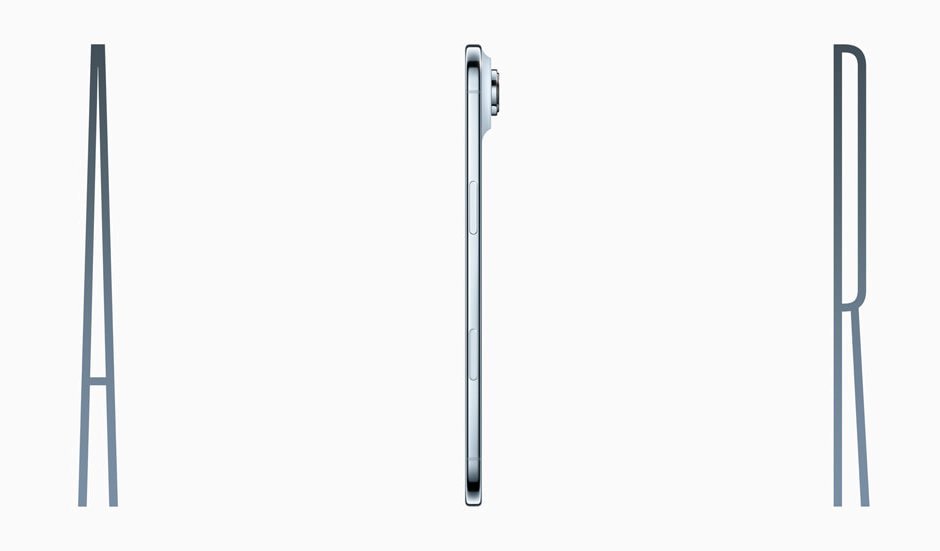Apple’s Awe Dropping event showcased eight new devices, but the spotlight was firmly on the iPhone Air, which underscores Apple’s strategy of differentiation through industrial design. At 5.6mm thin, it is slimmer than Samsung’s Galaxy S25 Edge and stands out as one of the slimmest flagship phones in the US.

Priced at $999, the iPhone Air positions itself as a premium yet competitively priced device, $100 cheaper than the Galaxy S25 Edge. It pairs high-end materials such as a titanium unibody and Ceramic Shield with Apple’s latest A19 Pro chip and updated wireless technologies, reflecting a balance between sleek form and high performance.
Apple is leveraging the iPhone Air’s distinctive design to strengthen market perception, counter AI-related criticisms, and attract consumer attention. The pricing strategy is expected to stimulate demand, encourage carrier promotions, and boost sales momentum. While adoption will vary by region, the growing interest in ultra-thin smartphones highlights new opportunities for carriers and manufacturers to expand demand globally, Anisha Bhatia, Senior Technology Analyst at GlobalData, said.
Other Positive Highlights
Sleek Design & Build Quality
iPhone Air is widely praised as Apple’s thinnest smartphone ever at approximately 5.5–5.6 mm, crafted with “spacecraft titanium.” Reviewers applauded its ultra-slim form combined with crack resistance and elegant aesthetics. The titanium build not only provides durability but also delivers a high-end look and feel.
Hardware Enhancements
Apple’s iPhone 17 Series received praise for meaningful upgrades such as enhanced battery life, improved storage, advanced camera systems, and powerful new A19 and A19 Pro chips.
AirPods Pro 3 has received positive reviews for superior noise cancellation, improved earpiece sizing options, biometric sensors, and live translation features.
Apple Watch Updates: The Series 11 (including Ultra and SE models) introduced new health features, such as hypertension detection and sleep improvement tools —welcomed as valuable additions to fitness and health monitoring.
Strategic Moves & Market Impact
Tariff Strategy: Despite facing $1 billion in additional U.S. tariff costs, Apple opted not to raise consumer prices, a move commended for protecting buyers from higher expenses.
Goldman Sachs forecasted that the iPhone 17 line-up could help sustain revenue growth into 2026, citing strong hardware improvements and alignment with Apple’s AI roadmap.
Criticism & Concerns
Innovation Shortfall
Lack of Game-Changing Features: Industry commentator Daniel Newman criticized the event for being underwhelming, stating Apple was falling short in delivering true innovation.
AI & Siri Shortcomings: Media noted that Apple made minimal mention of AI developments or Siri enhancements — highlighting that competitors like Google had moved ahead in this area.
Investor Sentiment
Apple’s shares dipped about 1.5 percent post-event, signaling investor worry over margin pressures and modest news being priced into expectations.
Baburajan Kizhakedath
